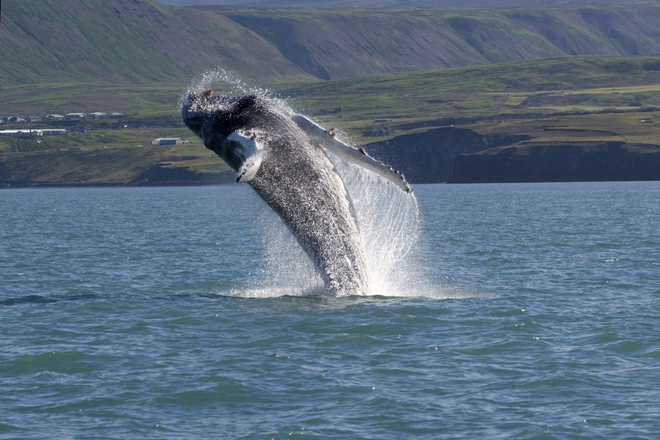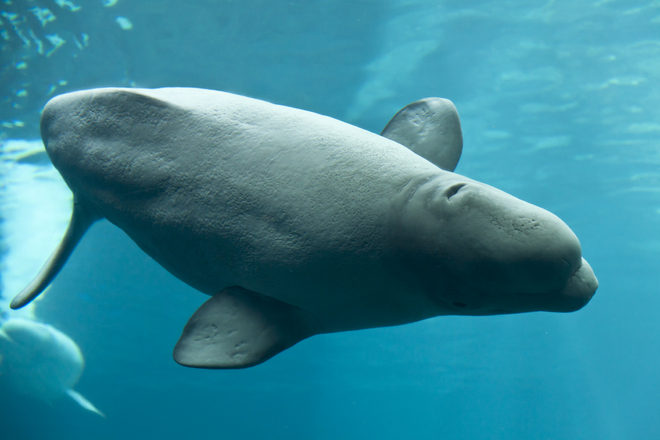They are majestic and intimidating at the same time because of their size. Children admire their behavior as some are held in captivity at water parks as a means of entertainment. In 2010, a killer whale turned on its trainer at SeaWorld’s Shamu Stadium in Orlando, Florida. It was a somewhat rare but unfortunate incident that caused quite a stir and built a fear in some.
Ironically, some species of whales are also known to be quite docile mammals with an enchantment that draws attention.
Throughout history, it has been their unfortunate demise but whales have been an excellent source of lamp oil, lubricants, cosmetics and food. A movement known as “Save The Whales” is working diligently to protect these misunderstood mammals. Not only have whales faced threats from the whaling industry but like much of our marine life, other dangers leading to their extinction include a number of forms of pollution and contamination of our ecosystem which indirectly affects them in fatal ways.
There are a wide variety of whales in existence today, each having their own story in the sea. “Toothed Whales” receive this nickname because of their teeth and include sperm whales, belugas, narwhals and beaked whales. Then there is the “moustached whale” or baleen whale. This classification includes the blue whale, a mammoth 100 feet long putting it on the top of the list as the largest animal on earth. There are also the fin, humpback, right, minke and gray whales. These whales have no teeth but instead have a series of plates that grow down from the roof of their mouths. This allows the whales the ability to act as giant filter feeders. As you probably have surmised by now, “Toothed Whales” and “Moustached Whales” have a totally different diet setting them apart from each other.

So how long have whales been around? Whales populated our oceans about 50 million years ago in a much smaller version. Today their bodies are much larger yet streamlined to increase their swimming speed and reduce drag. The whales sense of sound and acute hearing enables them to communicate, navigate and find food. They are excellent swimmers and divers for extended periods of time. Whales have been known to descend almost 3,000 feet. Infrasonic sounds carry the “song of the whale” over wide distances.
The commanding creature known as the Blue Whale is mainly found in the eastern North Pacific, Antarctic and Indian Ocean. Although the Killer or Orca Whale has been known to be found in both warm and cold water, they are concentrated in the northeast Atlantic around the Norwegian coast, in the North Pacific along the Aleutian Islands, the Gulf of Alaska and the Southern Ocean off the coast of Antarctica. They have been spotted around the Sea of Japan, South Australia and the tip of Southern Africa.
While scientists continue to research whales in an effort to understand them and aid in preventing their extinction, the sport of ‘whale-watching’ provides quite a thrill. Since you step right into their habitat, you must be considerate and observe the rules, which in short, means you do not interrupt their normal behavior and admire them from afar. It has been found that ‘whale-watching’ generates $2.1 billion in tourist revenue worldwide annually and is a favorite sport for over 13 million people globally each year. It is done in the South and Southwest Atlantic, East and West Pacific, Northeast and Northwest Atlantic, Caribbean, North Indian Ocean, Northeast and Central Pacific, Asia, Southwest Pacific and Northern Mediterranean Sea.
“Save The Whales” is one of the greatest organizations in the world today. They strongly believe that children who are the future of our planet, need to be empowered and know just how influential their actions can be in bringing about change. Education is the key to saving our whales, our oceans and ultimately ourselves. Some of the outstanding accomplishments of this non-profit organization include saving 10,000 marine mammals from “Ship Shock” and educating 275,000 children through WOW(Whales on Wheels). Whales on Wheels is an inventive platform to present hands-on presentations about all species of whales and at this time is offered in Monterey and Santa Cruz counties in California.

BWET gets youngsters involved in the cause. It is a grant funding program provided to “Save The Whales” under the National Oceanic & Atmospheric Administration (NOAA). It supports hands-on outdoor educational experiences for disadvantaged youth. These students learn to use scientific instruments in the field, learn how to monitor water quality and record data and become part of a protection program to protect these mammals from entanglement. Each May, children around the world have adopted a tradition known as ‘Sing to Save the Whale.’
A host of books like ‘Watching Giants: The Secret Lives of Whales’, ‘Eye of the Whale’ and ‘Marine Mammals of the World: A Comprehensive Guide to their Identification’ are just some of the educational reading to give us a deeper understanding of whales.
Understanding the characteristics and behavior of these gigantic creatures gives us a much greater appreciation of the magnificence of the whale and their travels in our oceans. As lovers of ‘scuba life’, we can all do our part to “Save The Whales” as part of an ongoing process.

